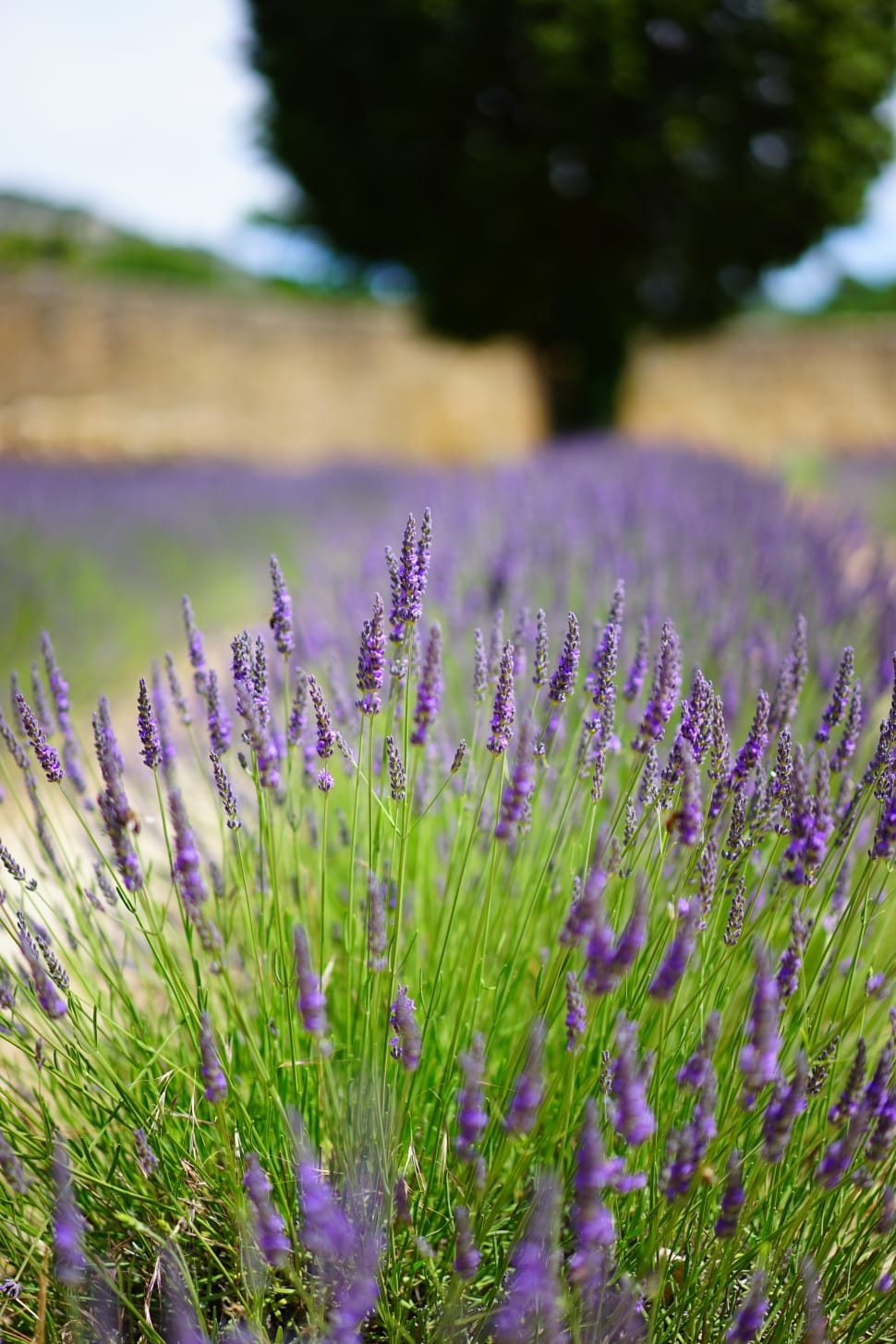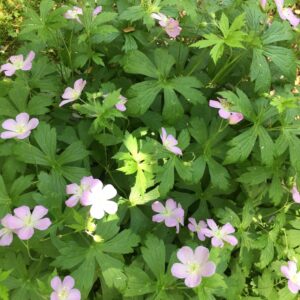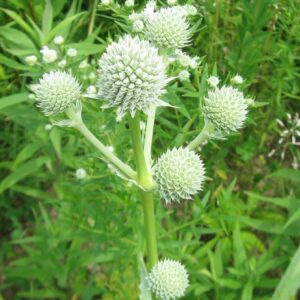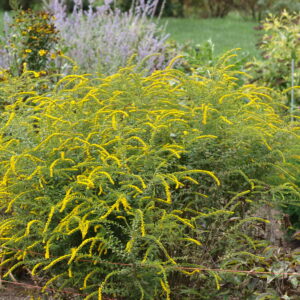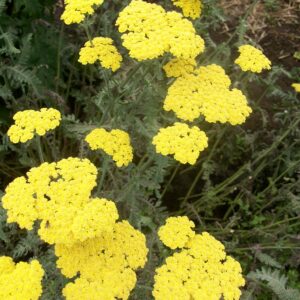Description
English Lavender 'Hidcote' Characteristics
English Lavender, an edible and extremely fragrant perennial is valued for extracts and dried flower arrangements. English Lavender reaches up to 3' when blooming and has a uniformly round shape when pruned. The purple flowers reach above the foliage and fully encapsulate the rigid stems for several inches before the peak.
English Lavender is often farmed in large fields with sun throughout the day. It is adapted to full sun and somewhat dry soils. It can tolerate relatively low fertility soils and does not require fertilization. Flowers fade when spent and should be removed to make way for new foliage. To maintain the classic shape, prune in spring after new growth emerges. English Lavender is not tolerant of high humidity and should be planted with rocks rather than mulch to allow for air circulation. When temperatures dip below zero, cover the plant in a protective winter covering.
Leaf spot and root rot can occur. The roots may also freeze in winter if poorly drained and not sheltered. These plants attract butterflies and other beneficial pollinating insects. They tend to tolerate deer, rabbits, drought, and air pollution.
Herb gardens, fence borders, rock gardens, and butterfly gardens are all perfect applications for lavender. The fragrant flowers and leaves maintain their scent after being cut, so they are a popular choice in dried flower arrangements, potpourri, and scent sachets.
-
USDA Climate Zone
Zones 5 - 8
-
Height
1.00 - 1.50'
-
Spread
1.00 - 1.50'
-
Bloom Time
June - August
-
Water
Dry - Medium
-
Sun
Full Sun
-
Maintenance
Medium
-
Deer Resistant?
Yes
